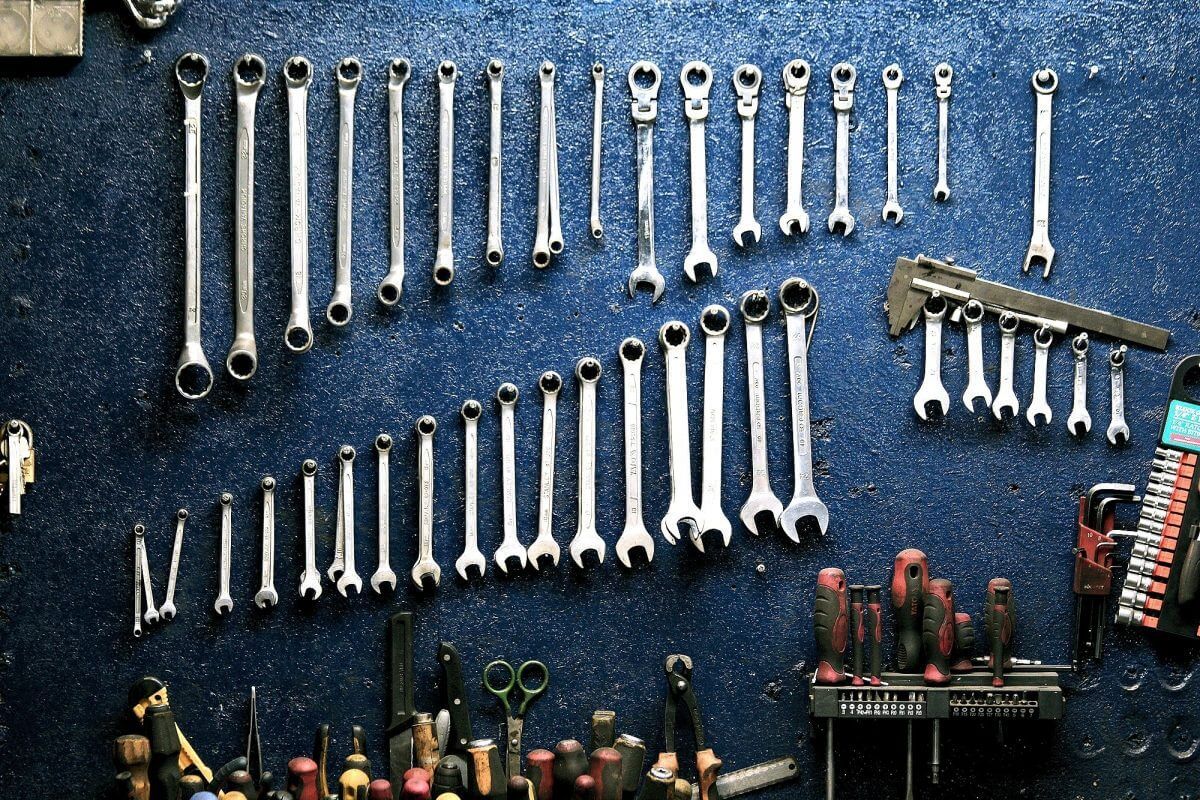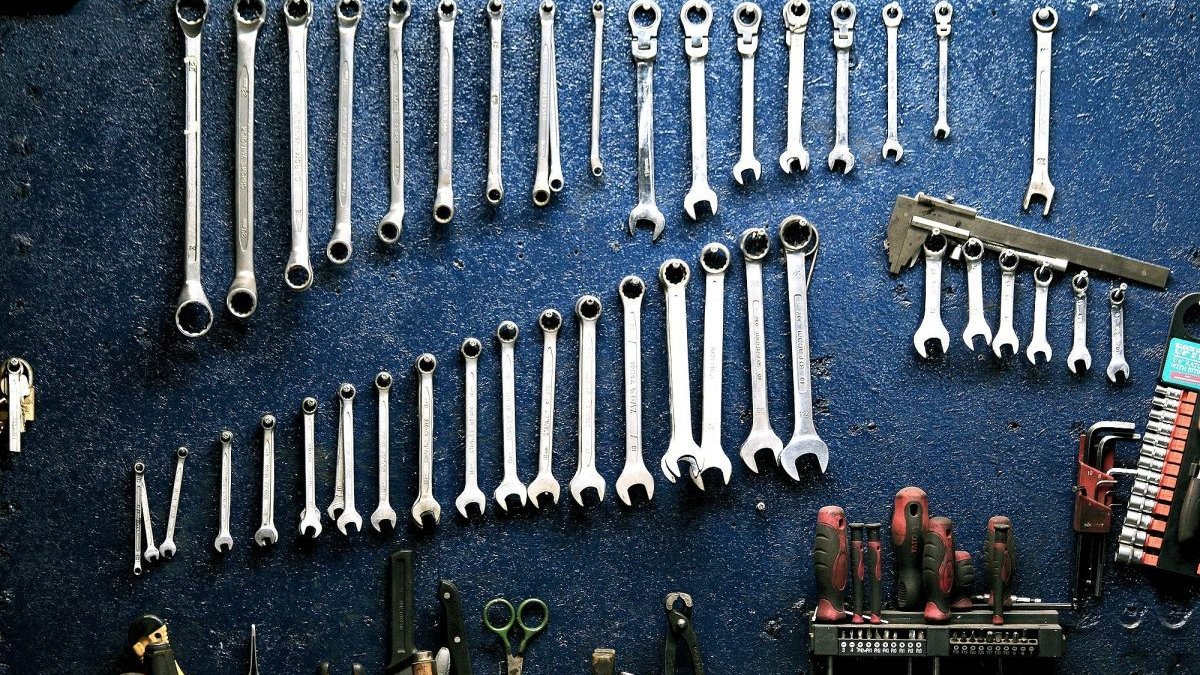
While there are various specialty tools available for appliance repair, one commonly used tool that is often essential for many repairs is a multimeter. A multimeter is a versatile electronic measuring instrument that can be used to measure voltage, current, and resistance. It helps in diagnosing electrical problems, testing components, and ensuring proper electrical connections.
Here are a few ways a multimeter can be useful in appliance repair:
- Checking power supply: A multimeter can be used to test if an appliance is receiving the proper voltage or if there is an electrical issue with the power source.
- Testing continuity: Continuity testing is useful for determining if a circuit is complete or if there is a break in the wiring or a faulty component.
- Checking resistance: With a multimeter, you can measure the resistance of various components like heating elements, thermostats, and motors. This helps in identifying faulty parts that may need replacement.
- Diagnosing electrical faults: Multimeters can assist in pinpointing electrical faults by testing for short circuits, open circuits, or unexpected voltage drops.
In addition to a multimeter, depending on the specific appliance and repair task, there are several other tools that can be useful for appliance repair. Here are some commonly used tools for appliance repair:
- Screwdrivers: A set of screwdrivers with different sizes and types (such as Phillips and flathead) is essential for removing screws that hold appliance panels, covers, and components in place.
- Nut drivers: Nut drivers are similar to screwdrivers but designed specifically for turning nuts. They are useful for removing and tightening nuts on appliance components.
- Pliers: Different types of pliers, such as needle-nose pliers and slip-joint pliers, can be handy for gripping and manipulating wires, connectors, and small parts during repairs.
- Wire strippers: Wire strippers allow you to remove the insulation from electrical wires safely and cleanly, enabling you to make proper connections or test wires.
- Adjustable wrench: An adjustable wrench is helpful for turning nuts, bolts, and fittings of various sizes in tight spaces.
- Voltage tester: A non-contact voltage tester or a voltage tester with probes can be used to check for the presence of voltage in electrical components, ensuring safety during repairs.
- Flashlight: A good-quality flashlight is essential for illuminating dark areas inside appliances or for inspecting wiring and components in poorly lit spaces.
- Appliance-specific tools: Depending on the appliance type, there may be specific tools required. For example, a refrigerator condenser coil brush for cleaning refrigerator coils or a spanner wrench for removing a washing machine tub nut.
These are some of the commonly used tools for appliance repair. The specific tools needed can vary depending on the appliance and the repair task at hand. It’s always a good idea to consult appliance-specific repair guides or seek professional advice to ensure you have the necessary tools for the job.
Gray Williams
Related posts
Stay connected
Today's pick
- Things to Remember While Designing Your Custom Modular Kitchen in GurgaonGurgaon now known as Gurugram is the second largest city in the state of Haryana and is a reflectiossn of an ideal modern city with futuristic goals. Witnessing rapid urbanization, it has also emerged as a hub for contemporary homes, with homeowners seeking innovative and... The post Things to Remember While Designing Your Custom Modular […]

